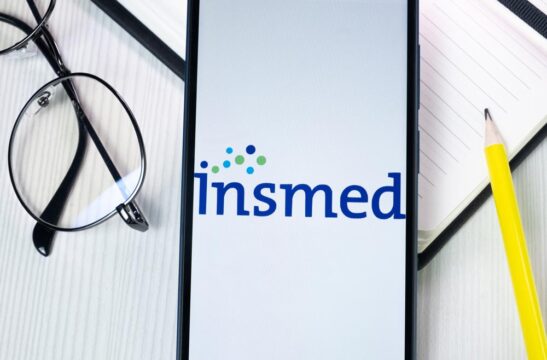Advertisment
Combined health screening can detect liver damage in diabetic patients

New research from Karolinska Institutet in Sweden highlights the potential benefits of screening people with type 2 diabetes for liver damage at the same time as they undergo screening for eye disease. The study is published in Lancet Gastroenterology and Hepatology.
More than half of all people with type 2 diabetes have steatotic (or fatty) liver disease, but most do not realise it since liver disease rarely causes any symptoms in the earlier stages. Over time, liver fibrosis can develop. This is a type of scarring of the liver that can lead to cirrhosis or liver cancer in some patients. International guidelines recommend screening for liver fibrosis in people at increased risk of it, including patients with type 2 diabetes.
‘Unfortunately, severe liver disease is often detected late when the prognosis is poor,’ said Prof Hannes Hagström, consultant in hepatology at the Karolinska University Hospital. ‘Since there is now an approved treatment for steatotic liver disease with fibrosis, it would be good to be able to screen diabetic patients for liver fibrosis and thus prevent severe disease.’
In Sweden, retina scanning (fundus photography) is an established screening programme to detect eye damage in people with type 2 diabetes. In a new study, researchers investigated whether it would be possible to simultaneously screen for liver fibrosis using elastography. This ultrasound-based technique is painless and takes five to ten minutes to perform.
‘This would allow us to kill two birds with one stone and easily detect liver fibrosis in this patient group before it develops into cirrhosis or liver cancer,’ said Prof Hagström. ‘Our study shows that many patients with type 2 diabetes are willing to undergo such combined screening.’
The researchers asked more than 1,300 patients with type 2 diabetes who underwent retina scanning whether they would also consider having their liver examined by elastography. More than 1,000 people, 77 per cent of the study participants, said yes.
15.8 per cent of patients who had their livers examined by elastography had findings suggestive of liver fibrosis, whereas 5.0 per cent had findings suggestive of advanced liver fibrosis or cirrhosis. However, on repeat examination and reassessment, these figures were lower; 7.4 per cent and 2.9 per cent respectively.
‘It shows that the method gives many false positives, partly because many people were probably not fasting as instructed at the first examination,’ said Prof Hagström. ‘The next step will be to conduct health economic analyses to see if the combined screening strategy for eye and liver disease is beneficial,’ he concluded.





